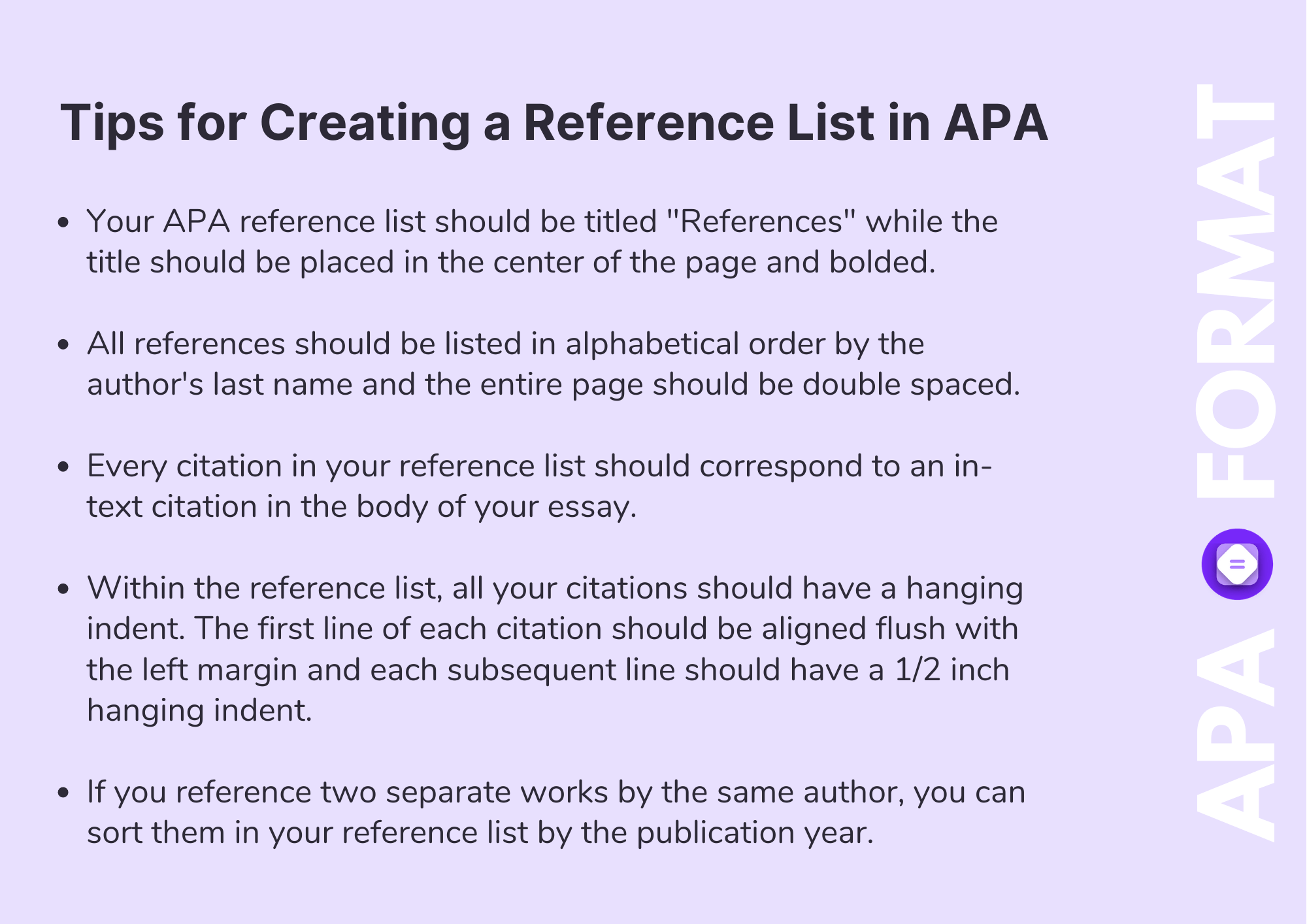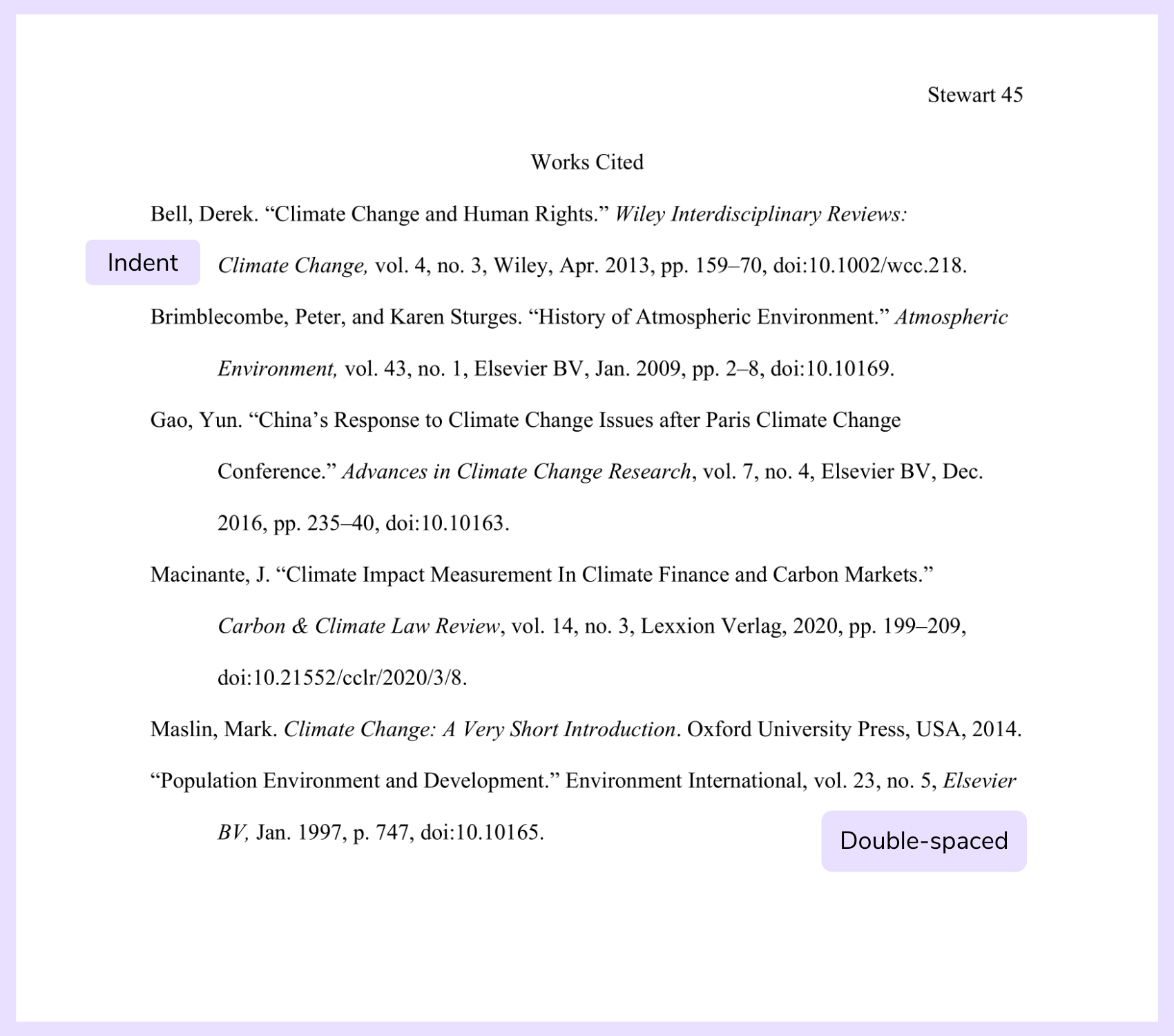Whether you prefer to use an MLA citation generator or format your Works Cited by hand, there are many reasons why you may want to learn how to create MLA citations. After all, MLA is one of the most popular citation formats in the world so it's important to familiarize yourself with its general rules and guidelines.
This is why we've put together a complete guide to citing your sources in the MLA Format (Modern Language Association of America), such as creating in-text citations and Works Cited for various citation sources, such as books, journal articles, websites and other.
If you're looking for other citation styles, make sure to check out our citation guides on the APA, Chicago and Harvard formats.
Why is MLA such a popular choice for generating citations and references?
The MLA Format is the most popular citation format among students in liberal arts, humanities and social sciences. MLA is one of the most student-friendly citation formats out there — it's simple, quick and pretty straightforward. With MLA, you won't have to create cumbersome footnotes (Chicago format has this covered) or include the publication date in each one of your in-text references (unlike APA citations).
If you are allowed to choose a citation style you are going to use in your paper, MLA format is a clear winner since it includes a straightforward Works Cited page as well as clear and concise in-text citations.

MLA Format Basics
Let's do a quick overview of the two types of MLA citations:
MLA in-text citations: Whenever you cite a direct quote or paraphrase someone's words or ideas in your essay, you have to acknowledge your sources in the body of your paper by including an in-text citation. MLA in-text citations are very straightforward and should only include the name of the author and the page number, if applicable.
MLA Works Cited: Whenever you cite a direct quote or paraphrase someone's words or ideas in your essay, you have to acknowledge your sources in the body of your paper by including an in-text citation. MLA in-text citations are very straightforward and should only include the name of the author and the page number, if applicable.
Basic guidelines for formatting your paper in the MLA:
MLA title page. Unless specifically requested by your professor, the MLA format does not require your paper to have a title page. Simply put your name, the name of your instructor, the course title and the due date in the upper left-hand corner of the first page of your paper.
Page numbers and header. Remember to include a header with your last name followed by a page number in the upper right corner of each page (including the title page).
Main body and page layout. Remember to double-space your paper, indent all paragraphs in the body of your paper and include a 1-inch margin on all sides.
How to create MLA in-text citations?
You must include in-text citations whenever you quote someone's words or borrow an idea or a phrase from another piece of work.
In-text citations should match the citations in your Works Cited page and include the name of the author and the page number for the direct quotes.
Examples of MLA in-text citations:
1. Lin-Manuel Miranda was inspired by Alexander Hamilton, a biography about "an immigrant who overcame the odds and became one of America's founding fathers" (Hough, 45).
2. Lin-Manuel Miranda was inspired by Alexander Hamilton, a biography about an immigrant who went on to become one of America's most prominent founding fathers (Hough, 45).
3. Hough wrote that Lin-Manuel Miranda was inspired by Alexander Hamilton, a biography about "an immigrant who overcame the odds and became one of America's founding fathers" (45).
How to create a Works Cited page in MLA?
The easiest way to create a Works Cited page is to use an automatic Works Cited generator such as Bibcitation. However, if you're looking to cite your sources by hand, here's an easy-to-use guide to creating an accurate MLA Works Cited page:

Sample MLA Works Cited Page

Now let's move on to studying what each MLA citation type looks like.

Formatting MLA Citations
In this section, we will go over the MLA basics, such as citations for a website, a book, a journal article and other. Remember that creating a citation from scratch and looking up all the required information might take up to 5 minutes while Bibcitation makes it possible to create a citation in under 5 seconds.
1. How to cite a book in MLA Format?
Here's the basic structure for creating an MLA citation for a book:

Let's say, you are writing a paper on the symbolism in The Great Gatsby. Once you are done analyzing the green light on Daisy's dock and its metaphorical connection to the American dream, you have to reference the book in your in-text citations as well as in your Works Cited page.
If you referenced a few sentences on page 45, your citations would look like this:
In-text citation: (Fitzgerald 45)
MLA citation for a book:
Fitzgerald, F. Scott. The Great Gatsby. Broadview Press, 2007.

2. How to cite a journal article in MLA Format?

A journal article is probably one of the most complicated MLA citations out there. Let's imagine that you are taking a class on superheroes so you have to write an essay explaining why there have to be six Spider-Man movies.
If you were to cite an article called "Spider-Man in Love" by Richard Kaplan, here's what your MLA in-text citation would look like:
In-text citation: (Kaplan 303)
MLA citation for a journal article:
Kaplan, Richard L. “Spider-Man in Love: A Psychoanalytic Interpretation.” The Journal of Popular Culture, vol. 44, no. 2, M r. 2011, pp. 291–313, doi:10.1111/j.1540-5931.2011.00833.x.

3. How to cite a website in MLA Format?
Here's the basic structure for creating an MLA citation for a website page:

Let's imagine that you just finished a 30-page essay on the life and work of Noam Chomsky (exciting, isn't it?). If your paper included information from Wikipedia, your MLA citations would only include the article title and no authors as Wikipedia articles don't have any known authors:
In-text citation: (“Noam Chomsky”)
MLA citation for a website:
“Noam Chomsky.” Wikipedia, 2 Nov. 2001, https://en.wikipedia.org/wiki/Noam_Chomsky.

4. How to cite a news article in MLA Format?
Here's the basic structure for creating an MLA citation for a website page:

The most basic entry for a news article will include the author name, article title, newspaper name and publication date. If you were to write a Political Science paper about Kanye West's 2020 Presidential Campaign which mentioned an article by Elana Gross, your citations would look like:
In-text citation: (Gross)
MLA citation for a news article:
Gross, Elana Lyn. “Kanye West Will Now Appear On The Presidential Ballot In Eight States.” Forbes, 26 Aug. 2020, https://www.forbes.com/sites/elanagross/2020/08/26/kanye-west-will-now-appear-on-the-presidential-ballot-in-eight-states/#293c806c2f02.

5. How to cite a movie in MLA Format?

In-text citation: (Phillips)
MLA citation for a movie:
Phillips, Todd. Joker. Warner Bros. Pictures., 2019.

6. How to cite a song in MLA Format?

In-text-citation: (Hozier)
MLA citation for a song:
Hozier. “Take Me To Church.” Take Me To Church E.P., Rubyworks, 2013, Spotify, https://open.spotify.com/track/2CLtQ937VJcxhMpiGLB7Jy
 Blog
Blog


